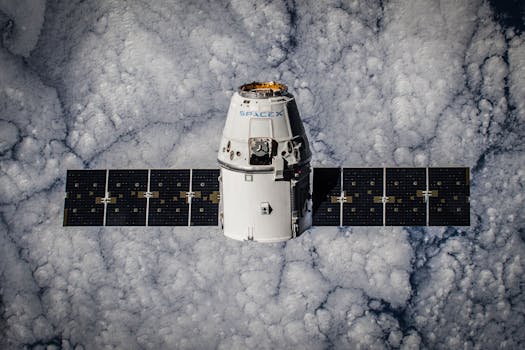The Future of Satellites: Revolutionizing Global Communication and Exploration

The Future of Satellites: Revolutionizing Global Communication and Exploration. The future of satellites holds great promise for revolutionizing global communication and exploration. With advances in technology and decreasing costs, satellites are becoming increasingly important for a wide range of applications, from navigation and communication to weather forecasting and scientific research.
Satellites have been a crucial part of modern technology for decades, providing a wide range of services and applications that have transformed the way we live and work. From the early days of satellite communications to the current era of satellite-based navigation and Earth observation, satellites have played a vital role in shaping our world. As technology continues to evolve, the future of satellites is likely to be even more exciting and transformative.
Advances in Satellite Technology
One of the key drivers of the future of satellites is the rapid pace of technological innovation. Advances in areas such as materials science, propulsion systems, and electronics are enabling the development of smaller, more efficient, and more capable satellites. For example, the use of advanced materials such as carbon fiber and aluminum is allowing satellites to be built lighter and stronger, reducing the cost of launch and increasing their lifespan.
Another area of innovation is in the field of propulsion systems. Traditional chemical propulsion systems are being replaced by more efficient and environmentally friendly alternatives such as electric propulsion and advanced ion engines. These new systems enable satellites to maneuver more precisely and use less fuel, extending their operational lifespan and reducing the risk of collisions.
Decreasing Costs and Increasing Accessibility
The cost of building and launching satellites has decreased dramatically in recent years, making it more accessible to a wider range of organizations and individuals. The rise of private companies such as SpaceX and Blue Origin has driven down the cost of launch services, while advances in technology have reduced the cost of building satellites.
This decrease in cost has led to an explosion in the number of satellites being launched, with many more planned for the future. The increased accessibility of satellites is enabling a wide range of new applications and services, from satellite-based internet connectivity to Earth observation and remote sensing.
Applications and Services
Satellites are being used for a wide range of applications and services, from navigation and communication to weather forecasting and scientific research. One of the most significant areas of growth is in the field of satellite-based internet connectivity, with companies such as OneWeb and Amazon’s Kuiper Systems planning to launch thousands of satellites to provide global broadband coverage.
Satellites are also being used for Earth observation and remote sensing, providing valuable data and insights for applications such as agriculture, forestry, and disaster response. The use of satellites for navigation and communication is also becoming increasingly important, with the development of new satellite-based navigation systems such as the European Union’s Galileo and the United States’ GPS III.
Conclusion
In conclusion, the future of satellites holds great promise for revolutionizing global communication and exploration. With advances in technology and decreasing costs, satellites are becoming increasingly important for a wide range of applications. As the number of satellites in orbit continues to grow, we can expect to see new and innovative applications and services emerge, transforming the way we live and work.